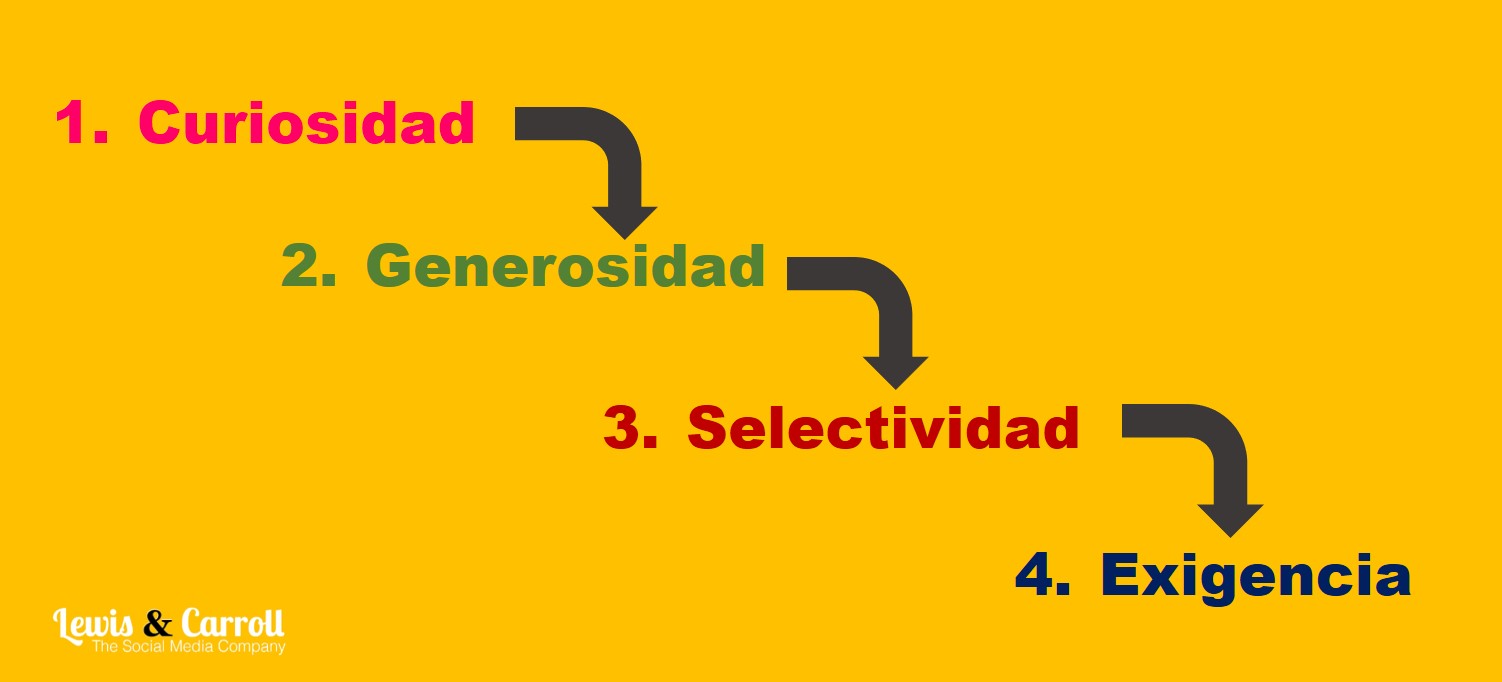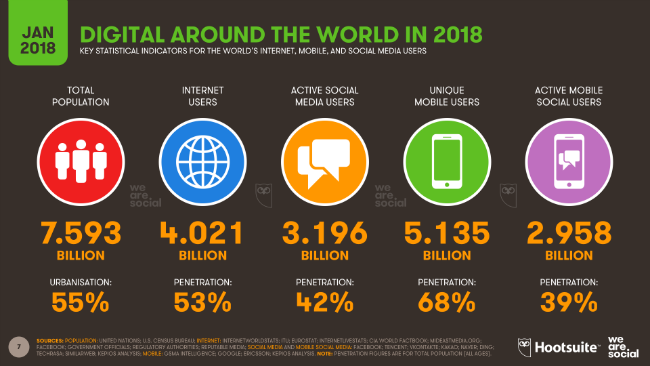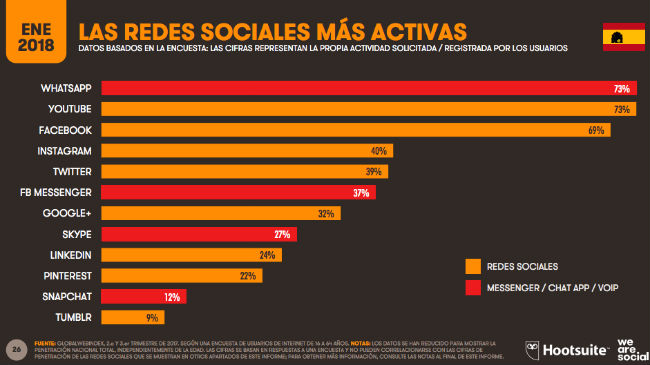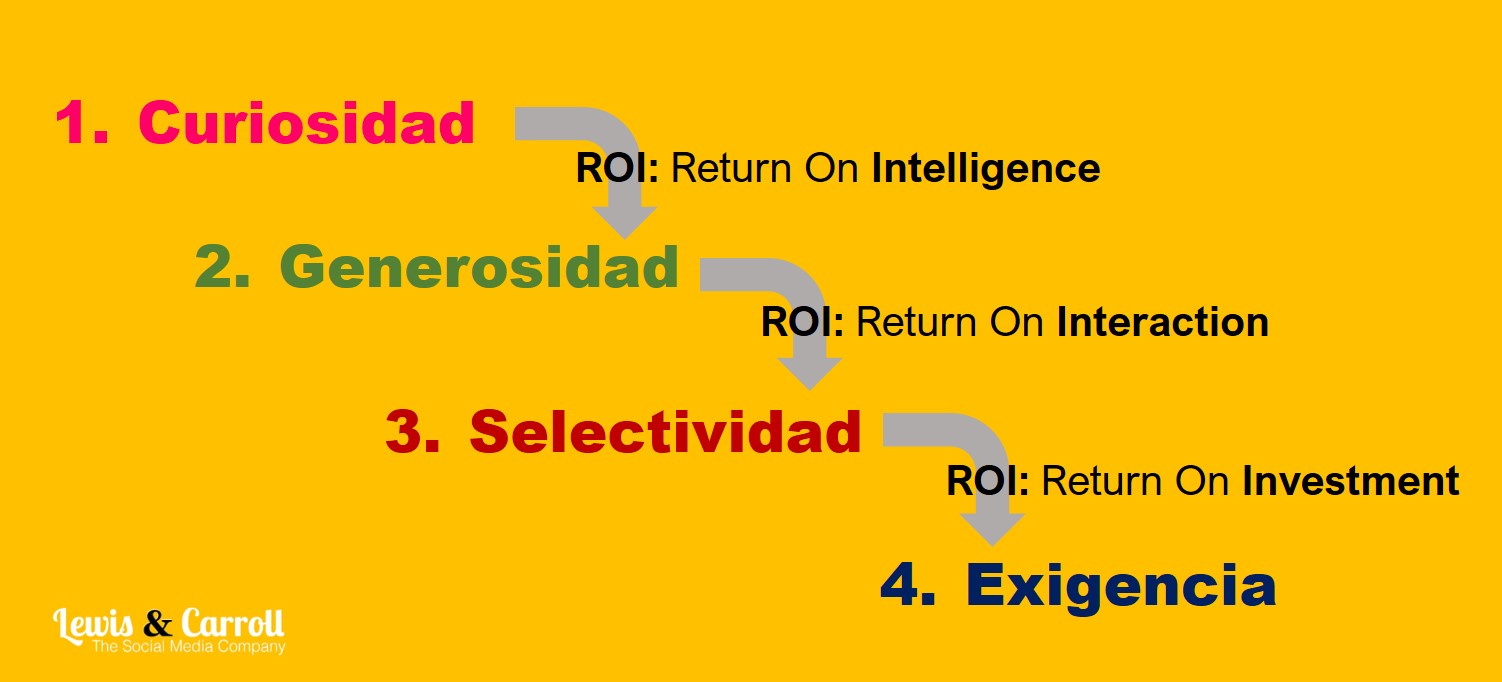- ROI: Selectively generous users. - 17 March, 2020
- Shopping online isn’t just to buy - 17 July, 2019
ROI: selectively generous users.
In the white rabbit hole we are happy (our ROI of satisfaction grows). At breakfasts in the mornings and afternoon snacks, we have more and more projects to talk about.
New customers are deciding to trust us this year, and new challenges reach our agendas and notebooks to stimulate our ability to propose effective strategies with well-defined and measurable ROIs.
The phone rings and the mail doesn’t rest, do we serve good tea?
When the euphoria of the “go ahead, “I, who am natural — let’s say – reflective, I think, how we have come to convince that we will grow your business, improve your reputation or consolidate your brand image to an entrepreneur, an entrepreneur, an entrepreneur, an entrepreneur, a Marketing Manager or a Marketing Manager. And then I go back to the beginning, what have we done?
Probably the answer is:
We understand ROI as a delicate balance that is established in the Networks between Users and Brands. A balance based on a very selective generosity.
Why do users and brands have dismemberers in their relationships on Social Media?
Here’s a good question: Why do users and brands have dismembers in their social media relationships?
Users,
always so demanding…
will say that brands saturate and do not contribute, and the others will say that users prowl but do not convert. They look but don’t shop. They criticise the minimum, but when allowed to collaborate, they are elusive.
They’re both right, but they’d both be much more satisfied not to have it.
Understanding the behaviour of each other gives us a very useful vision for companies on how to be more efficient in their Social Media presence.
Social Networks is an environment of interesting relationships.
You can see nuance as much as you want if we talk about relationships between people, but when we speak about people’s relationships with brands, with companies; with organizations or institutions, little can be nuanced. The relationship pursues an interest, and that is so on both sides.
That being so, being both parties knowing and recognizing their interest, it should also be that the relationships between people and brands in the Social Media environment were more symmetrical, harmonious and fluid than they are today.
However, generalizing (with the risk that that always implies), the relationships of users of Social Networks and the Brands present in them are not so. They lack balance, they lack harmony.
In the behavior of users in the Networks we identify 4 stages:
Curiosity
- We discover something new that attracts us, and we are curious, we want to know what is there, what it can bring us, what we can use it for and how everything we discover helps us, entertains us and opens up new possibilities for us.
Generosity
- In the process of discovery we invest time and attention. We try new things they offer us, fill out questionnaires, participate in contests, share opinions and content, answer questions and make suggestions. Even when we detect problems, we are generous in offering our ideas to solve them.
Selectivity
- As the new becomes known we direct our curiosity to other horizons. There are more and more new things, more content, more tools, more possibilities of relationship and entertainment. Time is always short and attention goes from expansive to intensive. We concentrate, we become selective. The fact that something is new is no longer a value in itself, we look for what we are really interested in and we are setting aside the rest.
Demand
- Since we become selective, we become more and more demanding. We want something in return for our curiosity and our generosity. That something can be answered, it can be attention, it can be commercial advantages, it can be recognized, it can be anything that, for us, is useful, profitable and interesting. And we will continue to be curious, generous and selective, but with those whom we “select,” we will be demanding.
When life becomes digital, the demand grows. And the opportunities too.
In an increasingly saturated and competitive digital environment, companies have, despite who argues otherwise, more opportunities to get the ROIs that make sense of Social Media Strategies.
- In 2010 around 14 million Internauts in Spain were active users of social networks and just over 4 million (a 29) had daily activity on those networks.
- As of mid-2013 we reached 19 million social media users and of them, just over 12 million (a 67) dedicated more than an hour a day to their activity on them.
- In 2018 the world’s landscape is purely digital. At this stage, it would be more significant to calculate what percentage of our time we devote to “non-digital” relationships than the other way around.
Truly important ROIs in a Social Media Strategy
One of the main learnings in our 14 years of craft is to identify relevant patterns and patterns of behaviour.
For example, we identify that the behaviour of the Marks works almost the other way around that of consumers. Brands are demanding, but they often lack the knowledge to be selective. And that is because they have not used curiosity to know and generosity to contribute, to stimulate and to show that they are willing to sow so that it is then legitimate and consequential to want to harvest.
Companies have been in the need and complain about the results. We have quantitative indicators but we are still short of qualitative business indicators. So, having followed a divergent path to that of users, we are taking longer than we would like to collect the results of our investment.
But the results are there and there’s no way it’s too late to get them. Results, plural. And ROIs, plural.
If we learn from the behaviour of social media users and accompany them in the different phases of their evolution, we will get the ROIs that we are so regretting not reaching.
Return on Intelligence:
- We learn by researching, observing and participating. We know the motivations and objectives of the users, and also the value they give to the recognition of their “contributions and values” to the Community. Add a useful Data Analytics to that; we’re looking at an extremely valuable ROI.
The Return on Interaction:
- It is a high-value ROI for companies, but above all, it is a very important ROI for users. Because of the generosity we bring, we obtain interesting information, useful knowledge, loyalty and collaboration. Very little is said about this ROI by brands, but if it is an ROI valued by our users it should also be for us.
Return on Investment:
- Of this, there is nothing to add except that it is not a mirage; it exists. But we must reach it in the development of the process, we cannot pretend to achieve it at first. It’s not a milestone, it’s the consequence of a chain of actions joined by a Plan. That’s why this ROI is the third in the chain, because it is very difficult to get it without having the other two.
It is not true that the relationship between users and brands on social networks does not work.
What is true is that you have to observe, listen and put to work curiosity to know how demands evolve and what relationships are what users want, expect and value.
Generosity needs to be put into practice in order for the relationship to work.











